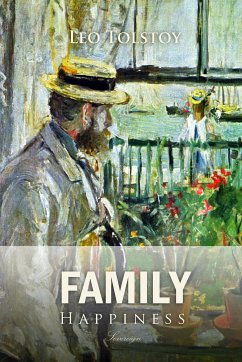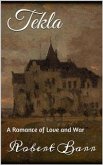Ivanhoe: A Romance by Walter Scott Ivanhoe: A Romance (/ˈaɪvənˌhoʊ/) by Walter Scott is a historical novel published in three volumes, in 1819, as one of the Waverley novels.
At the time it was written, the novel represented a shift by Scott away from writing novels set in Scotland in the fairly recent past to England in the Middle Ages. Ivanhoe proved to be one of the best-known and most influential of Scott's novels.
Set in 12th-century England, with colourful descriptions of a tournament, outlaws, a witch trial, and divisions between Jews and Christians, Ivanhoe is credited for increased interest in chivalric romance and medievalism.
John Henry Newman claimed that Scott "had first turned men's minds in the direction of the Middle Ages", while Thomas Carlyle and John Ruskin likewise asserted Scott's great influence upon the revival of interest in the medieval period, primarily based upon the publication of the novel Ivanhoe. Moreover, Ivanhoe much influenced popular perceptions of Richard the Lionheart, King John, and Robin Hood.
At the time it was written, the novel represented a shift by Scott away from writing novels set in Scotland in the fairly recent past to England in the Middle Ages. Ivanhoe proved to be one of the best-known and most influential of Scott's novels.
Set in 12th-century England, with colourful descriptions of a tournament, outlaws, a witch trial, and divisions between Jews and Christians, Ivanhoe is credited for increased interest in chivalric romance and medievalism.
John Henry Newman claimed that Scott "had first turned men's minds in the direction of the Middle Ages", while Thomas Carlyle and John Ruskin likewise asserted Scott's great influence upon the revival of interest in the medieval period, primarily based upon the publication of the novel Ivanhoe. Moreover, Ivanhoe much influenced popular perceptions of Richard the Lionheart, King John, and Robin Hood.









